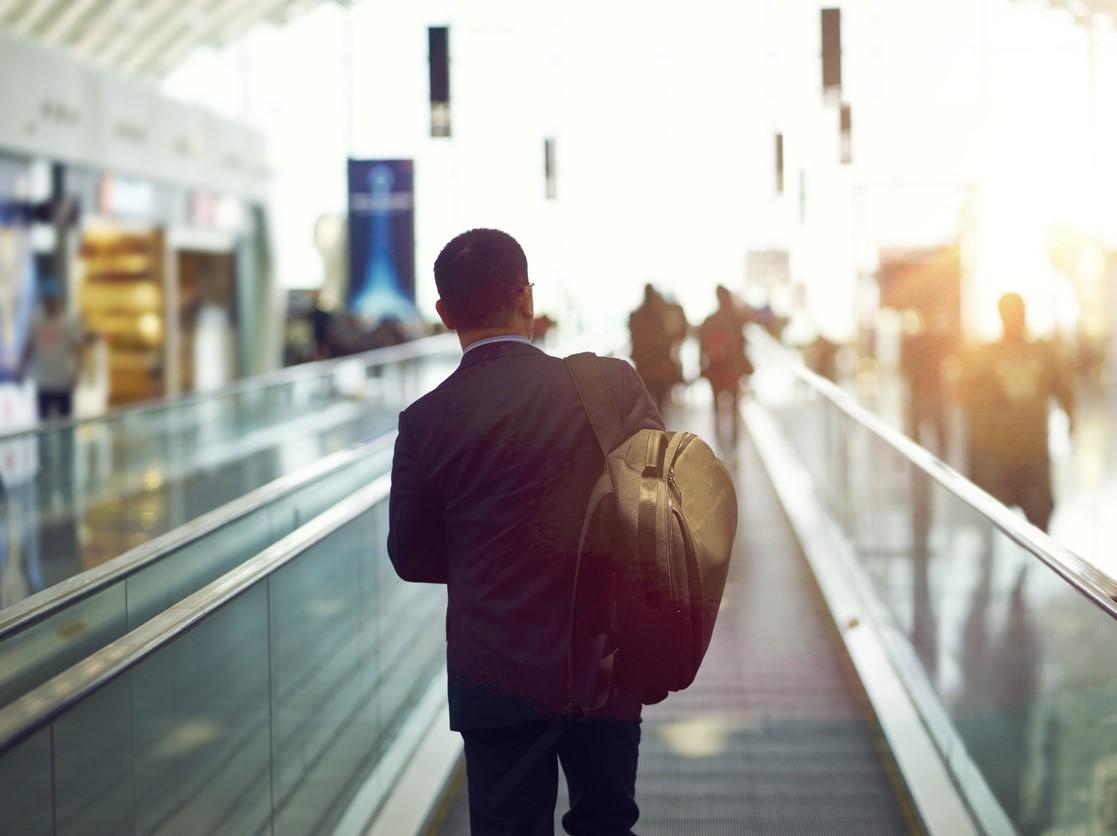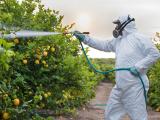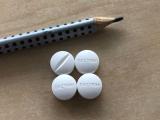A new study by an international team of scientists suggests that exposure to multidrug-resistant (MDR) bacteria during travel to certain parts of the world may be far greater, and more dynamic, than previously imagined.
In the study, published last week in The Lancet Microbe, the scientists collected daily stool samples from 20 European visitors to Laos over a 3-week period in 2015 and analyzed the samples for acquisition of MDR strains. Samples were initially evaluated in Laos, then sent to Switzerland, Finland, and England for further analysis. The participants were also asked to fill out daily reports on what they ate, any gastrointestinal symptoms they were having, and medication use.
The researchers expected to find strains of MDR bacteria in the samples. Previous studies have found that anywhere from 30% to 70% of international travelers, particularly those who travel to Asia, Africa, and other parts of the world where drug-resistant bacteria are more prevalent, acquire MDR bacteria during their time abroad. Traveler's diarrhea is a common consequence.
Analysis of the stool samples found that 74% contained MDR gram-negative bacteria. But what was more surprising was that all participants had acquired MDR bacteria at some point during their stay, and that 83 unique strains were identified, some of which were shared by several participants. In addition, some participants acquired and lost MDR bacteria during their stay, a finding that highlights the dynamic process of bacterial colonization during travel.
Wide variety of MDR strains
Among the 20 participants, 19 of whom were clinicians attending a course on tropical medicine and participating in daily rounds at local hospitals, at least one stool specimen for each person tested positive for extended-spectrum beta-lactamase (ESBL)–producing gram-negative bacteria by day 10 of the their 22-day visit. Of the 236 stool samples collected, 174 (74%) contained ESBL-producing gram-negative bacteria. ESBL genes confer resistance to beta-lactam antibiotics and can limit treatment options for infections.
Whole-genome sequencing of 292 ESBL–producing isolates from the samples found that 219 (75%) were Escherichia coli, which is commonly associated with traveler's diarrhea. But sequencing also identified Citrobacter (9%), Klebsiella (5%), and Acinetobacter (4%) species. Nineteen of the participants were colonized both by multiple strains of ESBL–producing E coli and other ESBL-producing bacteria. Seven different ESBL–producing species, and 83 unique strains, were detected in the stool samples over the course of 3 weeks.
The authors of the study say the variety of bacteria acquired by the participants may be linked to the daily rounds at local hospitals.
"Exposure at hospitals can be considered a limitation of the study because exposure to multidrug-resistant strains is more common in this setting," they wrote.
Further analysis found that the genomes of all 292 isolates contained at least one antibiotic-resistance gene, including 82 that contained mobile colistin-resistance (MCR) genes. Colistin is a last-resort antibiotic used to treat severe, MDR infections, and bacteria that carry MCR and other resistance genes are nearly impossible to treat.
Genomic analysis also showed that several participants shared identical strains of ESBL–producing E coli. But the acquisition of resistant bacterial strains was transient in nature: in some cases, researchers identified MDR isolates in only one sample obtained from any given individual, or detected them in separate samples collected days apart.
Dynamic process of bacterial colonization
Only four of the participants reported experiencing travelers' diarrhea during the study, and no infections were reported. But the authors say the findings indicate the risk of acquiring potentially dangerous bacterial pathogens when traveling to low- and middle-income countries is greater than previous studies have found.
That's because most of those studies have analyzed stool samples collected before and after travel. But collecting stool samples daily during travel revealed the fact that acquisition, and loss, of bacteria is constantly occurring, with resistant strains competing with each person's individual microbiota.
"It became evident that acquisition of superbacteria is a dynamic process: bacteria come and go, some strains persisting for a lengthy period," study author Anu Kantele, MD, PhD, a professor of infectious diseases at Helsinki University, said in a university press release.
The wider concern is that MDR bacteria acquired during travel can spread when people bring the bacteria home with them. Kantele and her colleagues say further research is needed to understand the dynamic process of acquiring and losing resistant bacteria during travel, and to develop tools to prevent colonization from occurring.
























